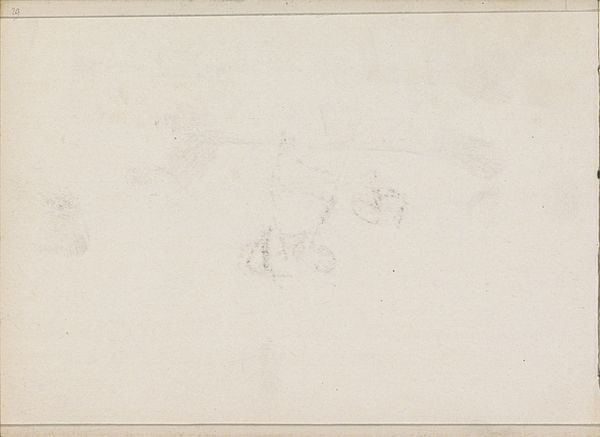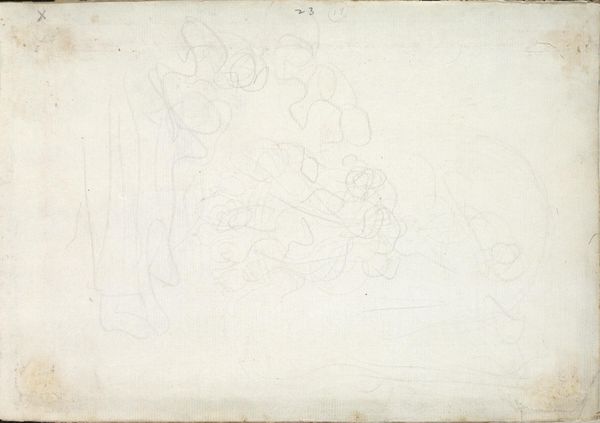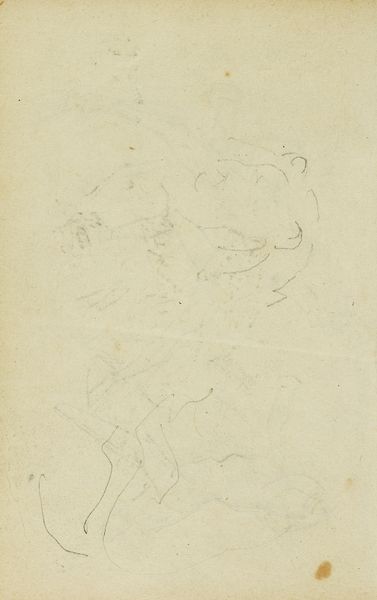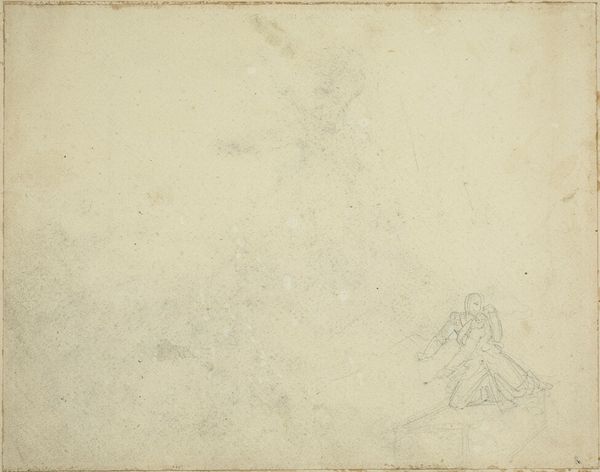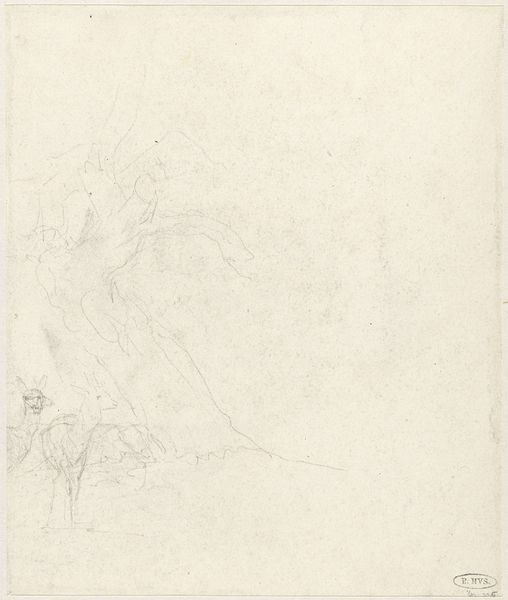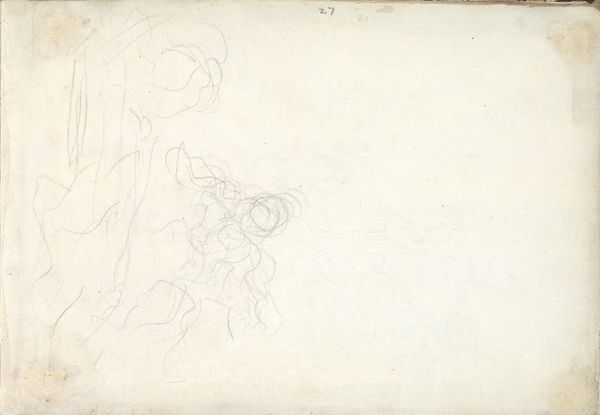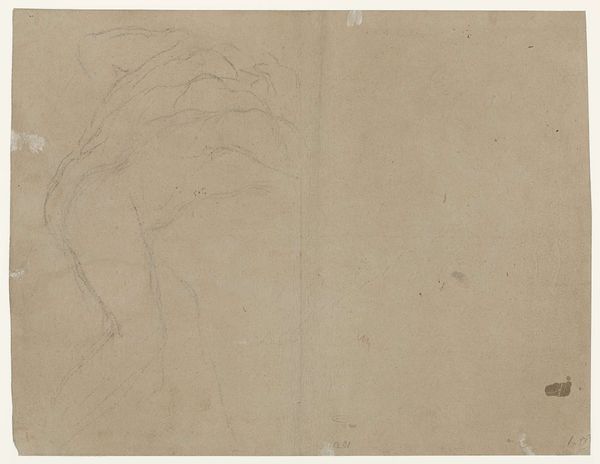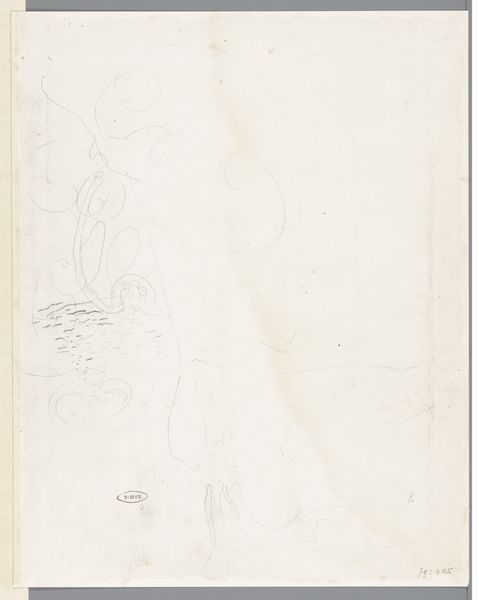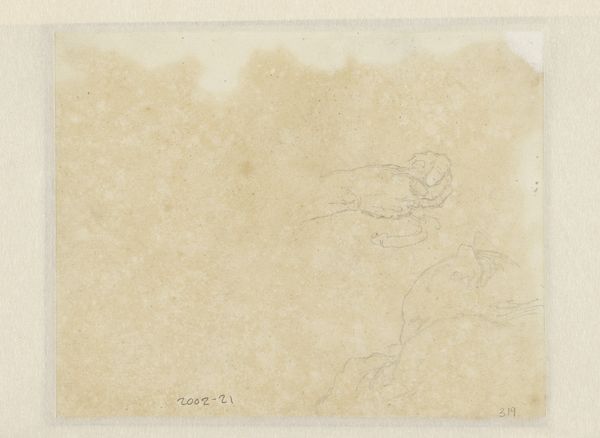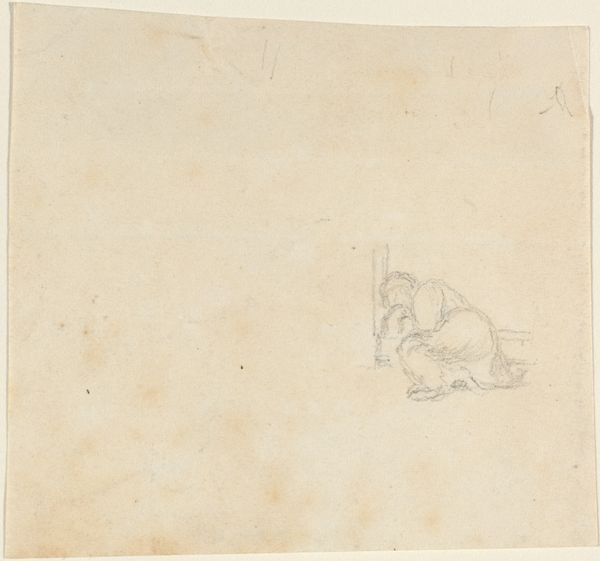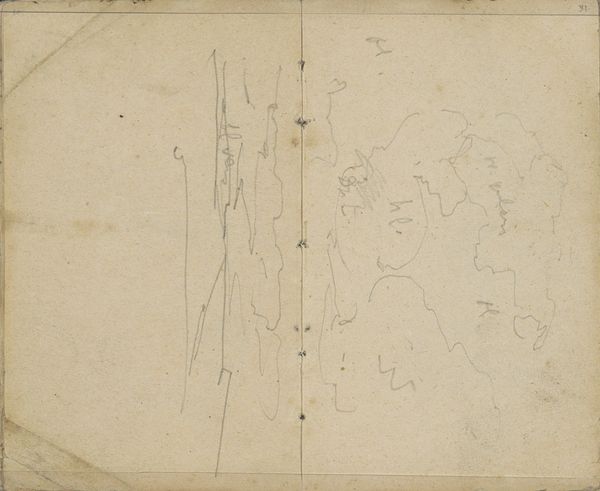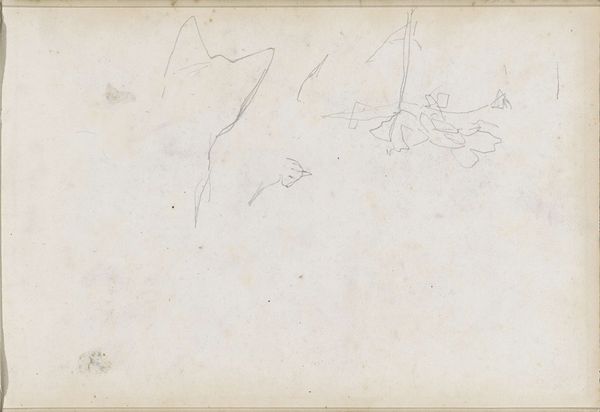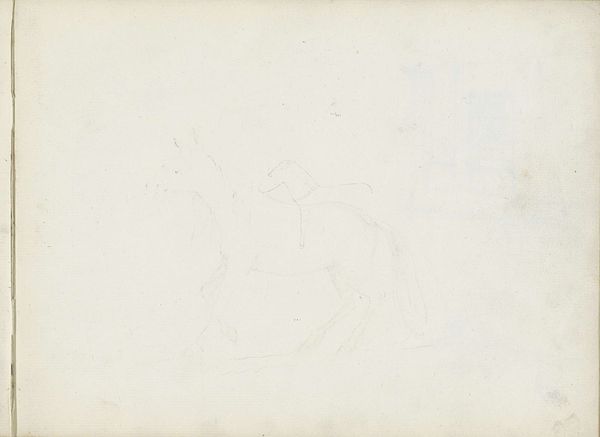![Sheet of Studies [recto and verso] by John Flaxman](/_next/image?url=https%3A%2F%2Fd2w8kbdekdi1gv.cloudfront.net%2FeyJidWNrZXQiOiAiYXJ0ZXJhLWltYWdlcy1idWNrZXQiLCAia2V5IjogImFydHdvcmtzL2Y0NThmMWNkLWFkNmQtNDlmOC05Y2U5LWUwNzI3NmI2ZjJlOC9mNDU4ZjFjZC1hZDZkLTQ5ZjgtOWNlOS1lMDcyNzZiNmYyZThfZnVsbC5qcGciLCAiZWRpdHMiOiB7InJlc2l6ZSI6IHsid2lkdGgiOiAxOTIwLCAiaGVpZ2h0IjogMTkyMCwgImZpdCI6ICJpbnNpZGUifX19&w=3840&q=75)
drawing, paper, pencil
#
drawing
#
neoclassicism
#
figuration
#
paper
#
pencil
#
academic-art
Dimensions: overall: 20.3 x 15.5 cm (8 x 6 1/8 in.)
Copyright: National Gallery of Art: CC0 1.0
Curator: This drawing by John Flaxman, titled "Sheet of Studies [recto and verso]," was made sometime after 1801. It’s rendered in pencil on paper. My immediate reaction is how ephemeral it feels. Editor: Ephemeral, yes, the lines are so faint, almost hesitant. Considering it’s a study sheet, it’s interesting to think about the kind of paper Flaxman, a British neoclassical sculptor and designer, used. What kind of watermark might it have held, suggesting a specific paper mill and its market? How does the tooth of this paper interact with the graphite of his pencil, contributing to this hazy, almost ghost-like quality? Curator: It's interesting to consider the social role of such drawings at the time. Flaxman was part of a larger artistic and intellectual milieu deeply influenced by classical antiquity. The sketches on this sheet were probably part of a longer process of understanding and reinterpreting classical forms for a contemporary British audience. I wonder about the potential function of those studies in subsequent sculptural commissions? Editor: And further, these drawings, almost invisible, show us something fundamental about artistic labour. It peels back the layers to see Flaxman's method and perhaps makes tangible the sheer volume of work behind Neoclassical ideals of beauty and order. The quickness of execution also brings forth interesting questions about artistic intentions versus social perceptions. Curator: Definitely. These fleeting pencil marks demonstrate an attempt to work through different formal solutions for figures and groups of figures, echoing ancient sculptures he clearly revered and emulated. And let’s not forget Flaxman’s influence—his engravings based on Homer were hugely popular across Europe, disseminating neoclassical ideals even further. Editor: True. This one piece embodies so many historical factors and cultural attitudes towards material value, sketching both a literal and figurative narrative of production. Even these faint, fleeting marks, they are not simply doodles; but evidence of labour and neoclassical social ambitions, as well as proof of dissemination of art. Curator: Well, I think these “fleeting marks” give us a glimpse into Flaxman’s working process, and his role in the larger context of Neoclassical art in Britain. Editor: Exactly; seeing something unfinished here shows something very complete about how production makes meaning, if you know where to look!
Comments
No comments
Be the first to comment and join the conversation on the ultimate creative platform.
